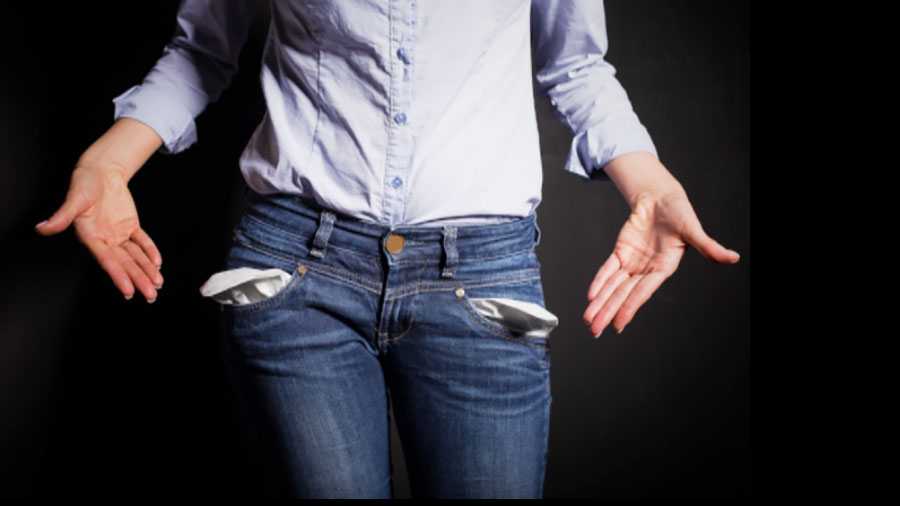It is easy to fit the world in one’s pockets — if one is a man. Women, however, would have difficulty fitting even their hands fully in their pockets. A new survey shows that pockets in women’s jeans are 48 per cent shorter and 6.5 per cent narrower than those in men’s denims. This may not seem like much of a problem at first but pockets — like all fashion choices — are not just
a matter of changing trends. In the late 1700s, garment-makers added sewed-in pockets to the clothing of people who could own property and who needed to carry money, documents, or even weapons — mostly men. Women’s clothing had them too but they were, unsurprisingly, hidden under the skirts. A semblance of equality is unthinkable in any age. By the late 18th century, women’s clothes became more form-fitting and tied-on pockets were ditched for a tiny pouch, carried by hand. When contemporary designers do not include pockets in women’s clothing, they are assuming — mistakenly — that women either do not need to carry anything or will have their hands free to carry a purse. The resultant beneficiary of this discrimination is, however, the handbag industry that reaps in the riches.
The pocket is not the only item of clothing where women drew the short straw. Be it athletes being forced to wear a bikini at the Olympics or Muslim women being forced to take off the burkini in France and the hijab in India, women’s clothing is inextricably tied to the enduring politics of the body and the State. In the 19th century, when affluent women were eventually permitted to engage in games such as lawn tennis, their attire was suitably ‘feminine’ — modest and designed to attract a potential husband rather than enhance their athleticism. But women have never been the ones to let stitched-in sexism triumph. When the fledgling movements for equal political, financial and voting rights began, women started teaching each other to sew pockets into their clothes, allowing them to navigate public spaces unaccompanied and carry important documents. For instance, the ‘suffragette suit’ in 1910 had at least six pockets. Then there is the practice of women carrying money and other knick-knacks stuffed in their bras, or Indian women who began tying keys to the pallus of the sari. Unfortunately, these innovations have also led to consolidating the popular association of women being secretive creatures furtive about their possessions.
But the modern woman is far too busy and efficient to secret away her belongings. This is why the demand for dresses with pockets is growing — one shopping app carried out a survey that showed that an overwhelming 76 per cent of shoppers look for dresses with pockets in them. Fashion companies should improve the functionality of women’s clothing and recognize the value in overcoming patriarchal ideas. What the absence of pockets on women’s attire exposes is patriarchy in folds.











